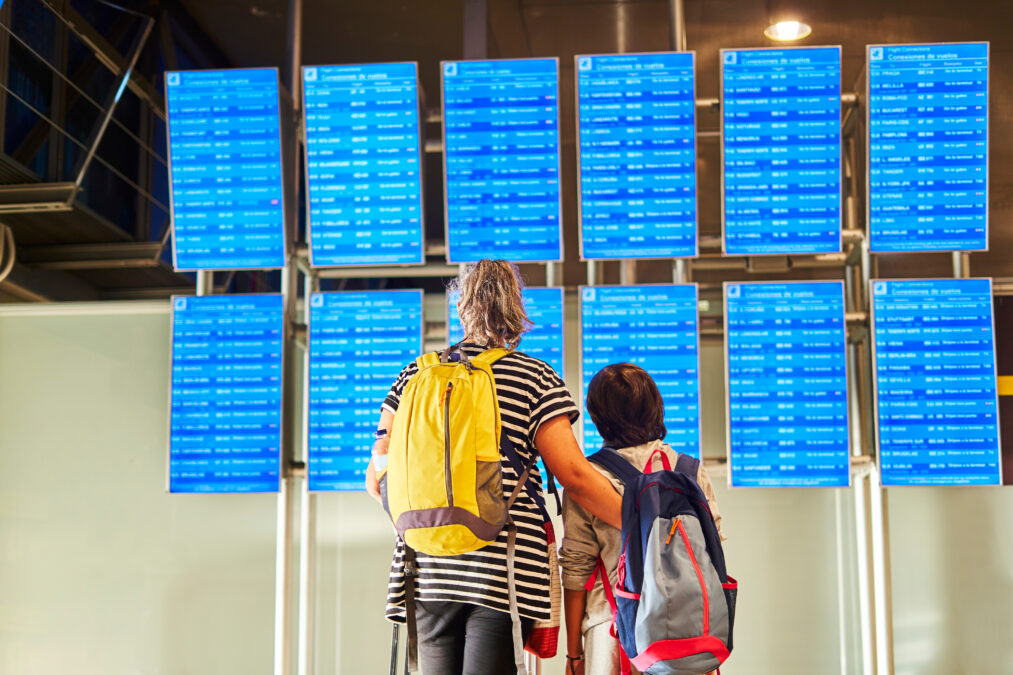Omni-channel has become the proverbial buzzword of late. Regardless of the vertical market, be it retail, business or shipping and logistics, the onus on creating a truly holistic experience for the customer has never been greater.
The drivers for this change are clear, in today’s ‘always-on’, ‘always-connected’ world where consumers are interacting with companies through various channels of their preference, expectations have evolved to a level where customers’ demands of a retailer’s capabilities to deliver the same experience across all of their channels, including fulfilment and despatch, have never been greater.
For the uninitiated, omni-channel simply means a multichannel approach in retail that seeks to provide the customer with a seamless experience, whether shopping online from a desktop or mobile device, by telephone or in a bricks-and-mortar store.
Omni-channel logistics allows a retailer to tailor how a product is purchased and delivered to best meet the needs of today’s customer. For example, a consumer can begin their journey by walking into a retail store and finding a product, then may decide to actually purchase that same item online via their smartphone or tablet and have it delivered to their home the very same day.
> See also: Why omnichannel retail is more than just a buzzword
The major challenge, however, is that the expectation of instant consumer gratification has tremendous ramifications for retailers as they attempt to ensure that their supply chain is robust enough to deliver.
Before we delve any deeper and look at the top omni-channel logistic challenges facing organisations today, let’s look at the key drivers of this current omni-channel fulfilment growth.
The growth of Ecommerce
With the global Ecommerce market now standing at over $1 trillion, it’s easy to see why the rise of ecommerce is fuelling tremendous growth in the omni-channel fulfilment space.
A recent survey on on omni-channel fulfilment said that 84% of respondents indicated that they receive direct retail orders through their online channel, compared to 76% who receive direct retail orders through a bricks-and-mortar location.
Additionally, while 63% of revenues come from in store, ecommerce is taking a bigger chunk every year. In the last five years, ecommerce revenues have increased 51%, and are expected to grow 42% in the next five years.
Omni-channel commerce technology is improving
When it comes to omni-channel commerce and fulfilment, solutions are getting better. The technology available has improved immeasurably in recent years allowing retailers to share, track, and ship inventory from a variety of locations to the consumer or store or a variety of locations depending on which is the best fit.
Need to meet consumer expectations
Today’s consumer wants one thing and one thing only – the product. And they want it quickly. This puts more emphasis on enabling technology to pull inventory from multiple locations to best serve the consumer.
As a result, suppliers and retailers alike are upping their game to ensure their solutions and experiences meet the consumer demand.
As consumer expectation and demand continues to grow, we will see an increased number of delivery options including delivery to storage lockers and, believe it or not, to the boots of consumers’ cars. And drones may finally become a viable delivery option in at least a few markets.
With the aforementioned in mind it would appear that all is rosy in the omni-channel garden, however there are a number of challenges associated with omni-channel logistics, challenges that if not properly prepared for can cause major headaches for retailers and frustrated consumers alike.
Lack of product visibility
Knowing the status of goods, whether they are at a distribution centre or retail location, is crucial to omni-channel logistics. The last thing a retailer wants is to promise next-day delivery to its consumers and not be able to follow through.
This can be challenging for a retailer, especially during mega peak periods like Black Friday and Cyber Monday. The key to addressing this challenge is to develop an efficient order fulfilment process through the use of a fine-tuned Warehouse Management System (WMS) technology.
Sustainability of a speedy delivery
When a retailer tells its customers they will get same-day or next-day delivery, they need to be able to follow through with this level of service. If a retail company has an unreliable order fulfilment process, it can lead to delays in shipping, which can in turn prevent a customer from wanting to do business with that retail company ever again. A good way to ensure a streamlined order fulfilment process is to employ the proper technology to help forecast future delays in service or shipping.
Ease of return
As much as a consumer wants a product seamlessly delivered to their doorstep, the ease of returning that same product, should they choose to do so, is also absolutely vital. Gone are the days when consumers would wait at home patiently for a courier to come and collect their parcel.
The influx of new delivery and returns options to the marketplace has meant that consumers are not only becoming more aware but also more demanding in wanting to be given the choice of not only where to collect their parcels, but also where to return them.
> See also: How RFID is ushering in the era of Retail 3.0
Availability of ‘Click and Collect’ on the High Street is being supplemented by thousands of convenient locations, for example in store and parcel lockers, and as a consequence additional pressure is being placed on retailer supply chains.
Omni-channel retailing is arguably the hottest trend in supply chain management right now. Improved technology, the rise of ecommerce and the need to meet customer expectations have driven growth of the omni-channel fulfilment market.
However, the necessity for increased tracking and visibility of products, coupled with growing consumer demands for additional delivery and return option flexibility have heaped omni-channel logistics pressures on retailers and carriers alike.
In order to succeed in the omni-channel environment, everyone in the supply chain needs to follow a few key guidelines. First, support ecommerce and the omni-channel paradigm. Second, continue to invest in fulfilment technology.
And third, continue to innovate, from both a technology and business process standpoint. These strategies will put companies on the path to success.
Sourced from Matthew Robertson, Commercial Director, NetDespatch










